SCHEDULE


7:00–9:00a.m. Sponsored by Adobe
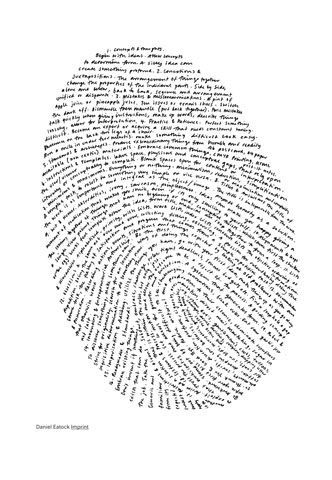
Designer, Artist and Author
“Passed to you, from one to the next, like a chain, catenary, a dog chasing its tail, a loop, self support, half way to half way, everything unraveled, completely covered, removed, camouflaged, trompe l’oeil, illusion, rotating,echo, rotating, scrolling, half way in duration not distance, best before yesterday, extra medium, between on and off, between up and down, between a surface, align, a line, correction, from frustration, balance, collapse, reorientation, upside down, objective, givens, surface area squared, together, back to the beginning, passed to me.”
Dean, Joseph L. Rotman School of Management, University of Toronto
Martin, a leading proponent of design thinking in business, will make the case that we can understand innovation through a new model of how businesses advance knowledge over time, and that businesses fail to innovate when they show greater concern for producing reliable (predictable and reproducible) outcomes than valid ones that actually meet objectives. Martin argues that businesses can do a better job at innovating—and advancing knowledge—if they embrace design thinking.
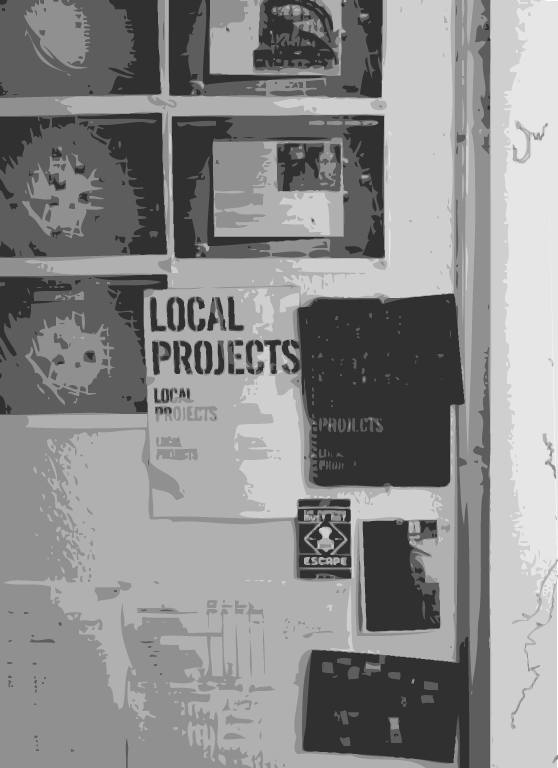
Principal, Local Projects
Principal, Interaction Design, Kicker Studio
Associate Professor of Design and Human-Computer Interaction
Carnegie Mellon University
With screens in every space, designers are being asked to create experiences that move out of the computer and into our everyday lives. What happens to screen–based work when screens are everywhere? Can designers create experiences that unite the digital, physical and the mobile? Designers now use a mixture of digital and physical interfaces to offer content and meaning on the public’s terms, and to create products that learn from users’ behavior and adapt accordingly. The ubiquity of design and technology in everyday life requires designers to move from designing artifacts to creating experiences—experiences that are meaningful, dynamic and often invisible. Together, a panel of experts will examine a range of current and upcoming trends: gestural interfaces and behaviors, big games and ubiquitous computing, and the challenges of designing the interfaces through which users understand these new experiences.
President, Aaron Marcus and Associates
User-experience design is at the top of the list of concerns for internet-based product/service user interface development, especially for global deployment. How do cultural differences affect that experience? How do the similarities and differences influence emotions, trust, persuasion, intelligence and even cognition? These questions cut across all design disciplines, platforms, applications, user communities, markets and content themes. Marcus will survey the issues of cross-cultural communication, introduce cultural dimensions and discuss issues that challenge analysts and designers worldwide. This session will help all developers who are seeking to embrace this additional set of concerns that impact usability, usefulness and appeal.
Communication Design Manager, Facebook
Get an inside look at the challenges and approaches of the Facebook design team. Blumenfeld, communication design manager for Facebook, will describe their three main values—leverage, data-driven design and iterative design—and show how a small team has designed a product enabling hundreds of millions of people to share and connect with each other. He will also present specific examples of how their design approach translated into results: driving millions to the polls in the 2008 election; assembling worldwide protests against FARC; and creating the largest virtual living room to date with Facebook’s live feed of Obamas’ Inauguration.
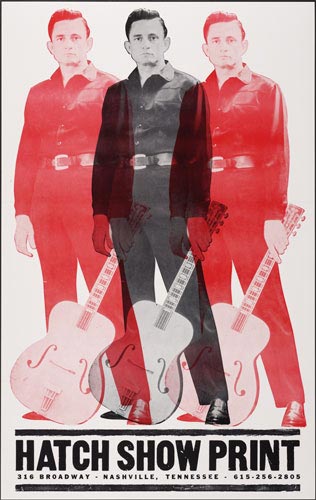
Manager, Chief Designer and Archivist, Hatch Show Print
Hatch Show Print is a one-of-a-kind letterpress poster and design shop located in Nashville. Founded in 1879, Hatch is still printing and designing more than 600 pieces a year using the shop’s original wood type. Hatch operates under the mantra of ”preservation through production“ and has designed and printed posters for many of world’s most popular entertainers and an impressive array of publications and clients. Jim Sherraden, Hatch Show Print’s manager, chief designer and archivist, will start his presentation with the very first poster ever printed at hatch and speed through more than a century’s worth of hand-set graphic design history.
Founding Partner and Executive Creative Director, Tomorrow Partners
Director of Graduate Graphic Design, Academy of Art University
A 2009 AIGA survey reveals that designers are overwhelmingly convinced of the importance of sustainability to the future of the profession, as public awareness increases and businesses integrate it into their strategies, practices and public policies. Sustainability simultaneously presents design’s greatest challenges and greatest promises. The AIGA Center for Sustainable Design (CFSD) is developing evolutionary principles, best practices, tools, resources and actionable guidelines for designers. Co-chairs Brink and Hamlett will demonstrate how designers can lead the way by infusing this era’s defining issue into the cultural bloodstream. Design is the answer. Now is the time. Join the conversation.
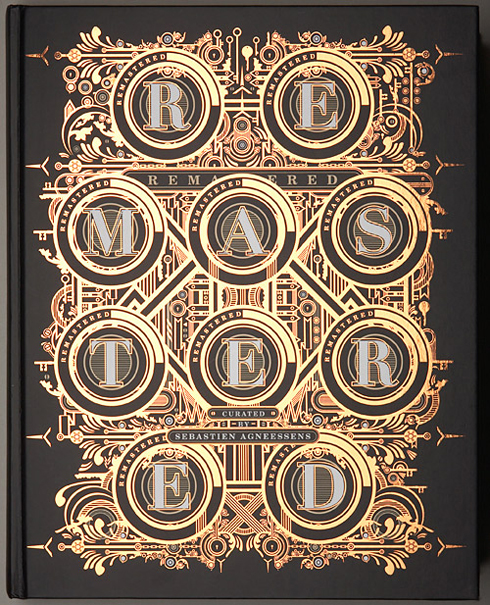
Founder and Principal, Formavision
Director/Art Director, Tronic Studio
At a time when the creative community is becoming a more design-conscious, socially involved, independent and influential group, brands are challenged to assume the role of cultural curators who must inspire a meaningful and culturally relevant dialogue with their audience. In this time of change, branded content has become the most effective form of advertising. New York-based curating and experiential agency Formavision and new-media studio Tronic will showcase how they help companies meet this very challenge.
Partner and Creative Director, Iconologic
Designer and Art Director, Kirk Von Rohr Design
Some issues can be off-putting or inaccessible by virtue of their sheer complexity. Energy is a prime example. See how two designers have illuminated the topic by using story, data and dialogue to engaging effect. Using HERE magazine as a primary example, Rollins will focus on the variety of approaches one can take in demystifying a complex topic from the purely informational to the historical context and individual lens, to dialogue, future scenarios, artifact and documentary. Using wattzon.com and Make magazine as case studies, von Rohr will look at designing information graphics, and how to editorially package content and pair it down to a saturated, comprehendible visual form.
Creative Director, Starwood Hotels and Resorts Worldwide
The in-house creative group at Starwood hotels and Resorts Worldwide has undergone some very big changes—the furthest-reaching being a powerful name change from “creative Services Group” to “Brand Design.” The department is now a place for clients to gain ideas and expertise, not just a cleanup crew. Internally, the creative group has shifted from working reactively to thinking proactively and adopting new ways to work hard and successfully while remaining customer-centric and focusing on the bottom line. creative director hoban will present a case study and discuss broader lessons that can be learned from her team’s success.
The Design of Google
Vice President of Earch and User Experience, Google
With billions of searches per day, Google.com brings real meaning to designing at scale. Just as important are the human touches—such as Google Doodles—which serve Google’s fundamental design mission to delight its users. As its products reach people from 150 countries speaking more than 100 languages, Google’s design team has had to develop a unique philosophy for user-centered design. Mayer, who guides the user experience on Google.com and several other properties, will explore how both empiricism and personality are essential to good design.
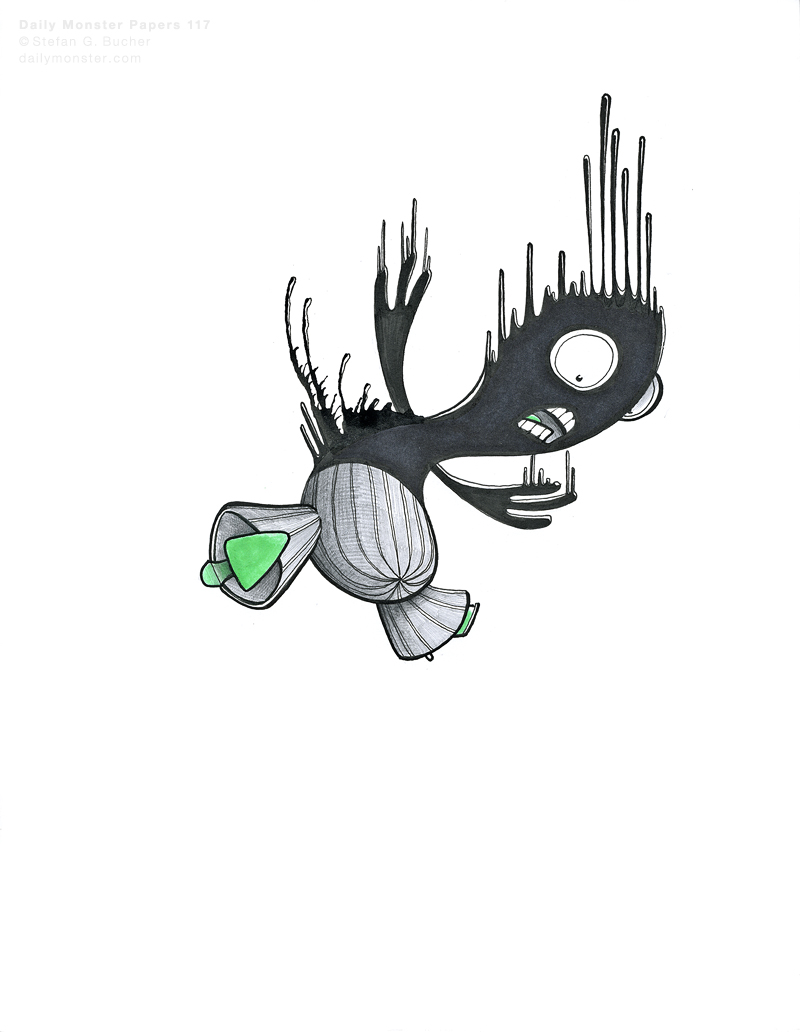
President, Bennington College
Over the past century the combination of the idealization of the expert and an increasingly technocratic, fragmented specialization has wreaked havoc with the intellectual and ethical dimensions of a college education. We are desperately in need of a new liberal arts, one that will reconnect thought and action; utilize the power of ideas and imagination to transform our capacity to engage the world in ways that matter, about things that matter; and inspire collaboration rather than isolation. Design—understood as a systematic, collaborative way of addressing problems and transforming possibilities—is a prime candidate for the new set of studies needed to revitalize higher education.
Writer, Graphic Designer, Illustrator and Founder, 344 Design
Bucher, the man behind 344 Design and the online drawing and storytelling experiment dailymonster.com, will discuss the creative challenges of being both a maker and a thinker who communicates to large audiences across a wide range of media. Find out firsthand how he has spent the past 20 years building a practice that allows him to pursue his many strange and labor-intensive interests, while also managing to keep the lights on.
